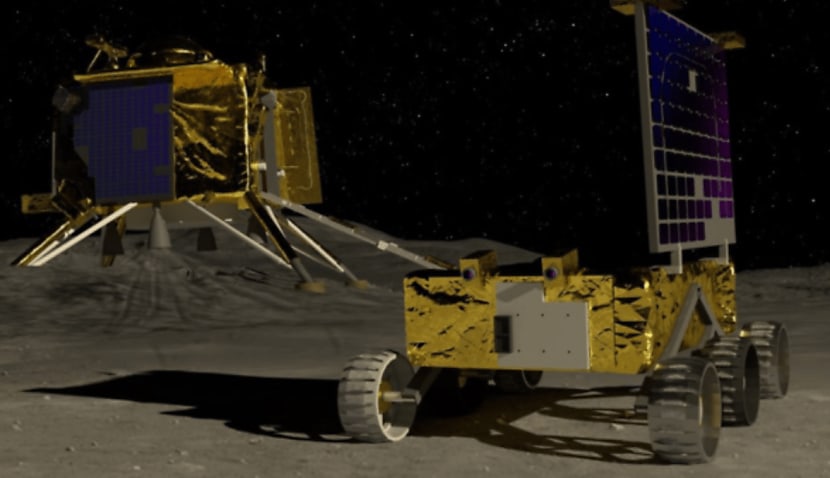
The proposal by South Australia-based entX is one of five projects to share $3.6 million from the 11th round of Supply Chain Capability Improvement Grants program.
The initiative aims to invest $150 million over five years to grow Australia’s space sector and is part of the wider Moon to Mars initiative designed to ultimately help NASA return humans to the lunar surface.
Other big winners include Fleet Space Technologies, which will develop a “cutting-edge gravity measurement instrument” and Nominal Systems, which will enhance its tech that can virtually test satellite models.
A full list of grants is included at the bottom of this article.
“These projects demonstrate the ingenuity that Australia has to offer our international partners in space,” said Enrico Palermo, the head of the Australian Space Agency.
“Through this investment, we are helping Australian companies gain crucial space heritage and grow strong customer bases – which will generate more opportunities for Australia to collaborate on the global stage.”
entX’s heater unit uniquely uses a beta-emitting radioisotope – a chemical that releases radiation as it breaks down – as an energy source.
“Embarking on an exciting journey towards lunar occupation in the upcoming decades, securing a reliable source of thermal energy solutions is paramount,” said entX general manager Scott Edwards.
“Robust radioisotope heater unit will play a pivotal role in ensuring the safety and effectiveness of lunar surface exploration through the enigmatic lunar night.
“Moreover, extending asset availability during lunar nights by leveraging advanced energy technologies creates a step change in the amounts of data collected, processed and transmitted, leading to a maximised mission ROI.”
Space Connect reported yesterday how one of the other projects would involve a unique collaboration between Advanced Navigation and Gilmour.
The pair will work together to create a new inertial navigation system capable of withstanding the massive shocks and vibrations encountered in space.
Inertial navigation systems use motion and rotation sensors, such as gyroscopes, to deduce a spacecraft’s position and are designed to operate when traditional satellite navigation systems fail.
The new technology will initially be tested via simulations but could ultimately be used to support Gilmour’s Eris rockets and Elara satellite platforms in low-Earth orbit.
Supply Chain Capability Improvement Grants program
entX ($1,000,000)
The South Australian-based company will develop a radioisotope heater unit that will protect payloads to withstand the extreme low temperatures of the moon, significantly extending the lifetime of these technologies.
Fleet Space Technologies ($994,956)
This space company is based in South Australia and it will develop a cutting-edge gravity measurement instrument that will improve exploration for critical minerals.
Advanced Navigation ($856,077)
The NSW-based company will develop a space grade navigation system for launch and space service providers. This will ensure the navigation trajectory of rockets is maintained correctly and safely.
Nominal Systems (Space Services Australia) ($556,189)
The ACT-based company is set to enhance its digital platforms that allow companies to virtually test satellite models based on specific space events. This will improve the ability to respond, protect and extend the duration of their technologies.
Element Robotics ($257,479)
The Victoria-based company aims to expand its technology, which simulates missions and operations on the surface of the moon.

Adam Thorn
Adam is a journalist who has worked for more than 40 prestigious media brands in the UK and Australia. Since 2005, his varied career has included stints as a reporter, copy editor, feature writer and editor for publications as diverse as Fleet Street newspaper The Sunday Times, fashion bible Jones, media and marketing website Mumbrella as well as lifestyle magazines such as GQ, Woman’s Weekly, Men’s Health and Loaded. He joined Momentum Media in early 2020 and currently writes for Australian Aviation and World of Aviation.
Receive the latest developments and updates on Australia’s space industry direct to your inbox. Subscribe today to Space Connect here.









